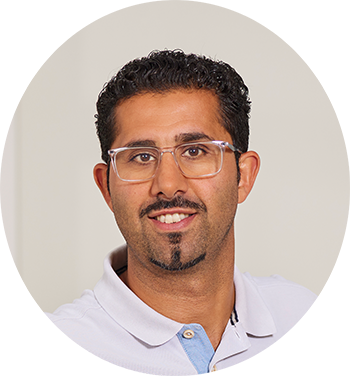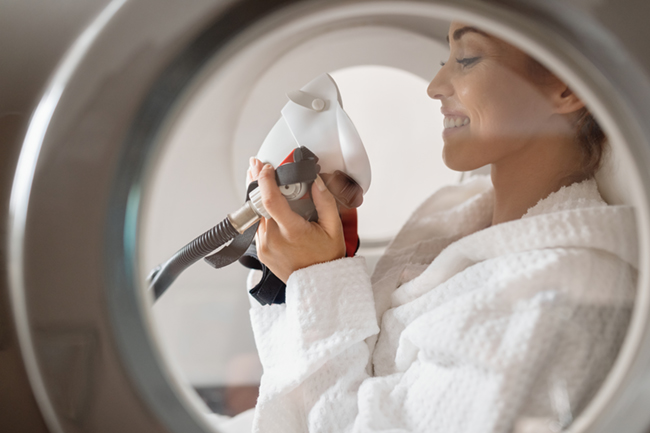Ozone therapy should only be administered by a qualified, trained healthcare professional. Self-administration, especially intravenous methods,
is extremely dangerous and can be fatal.
Here is a comprehensive guide on how to approach ozone therapy correctly and safely.
The "Right Way" Pillars of Ozone Therapy
Doing it "right" rests on four fundamental pillars:
1. Proper Medical Assessment
2. Choosing the Correct Method & Dosage
3. Adherence to Strict Safety Protocols
4. Administration by a Qualified Professional
Pillar 1: Proper Medical Assessment
This is the first and most critical step.
Consultation with a Qualified Doctor: You must be evaluated by a physician (often an integrative, functional, or ozone therapy specialist) who is experienced in this field.
Medical History Review: The doctor will take a detailed history, including current diagnoses, past medical conditions, medications, and supplements.
Diagnostic Testing: This is not a one-size-fits-all therapy. The doctor will likely order lab tests to establish a baseline and identify contraindications. Common tests include:
Complete Blood Count (CBC)
Comprehensive Metabolic Panel (including liver and kidney function)
Thyroid function tests
Inflammatory markers
G6PD Deficiency Test: This is CRITICAL. A deficiency in this enzyme can cause severe hemolysis (red blood cell rupture) when exposed to ozone, leading to a life-threatening crisis. This test is non-negotiable before systemic ozone therapy.
Identifying Contraindications: A good doctor will screen for conditions that make ozone therapy unsafe:
Absolute Contraindications: G6PD deficiency, pregnancy, uncontrolled hyperthyroidism, active bleeding, recent heart attack, ozone allergy.
Relative Contraindications: Severe anemia, low blood pressure, thrombocytopenia, recent alcohol intoxication. The doctor will weigh risks and benefits.
Pillar 2: Choosing the Correct Method & Dosage
Ozone therapy is not a single treatment; it's a modality with different application methods. The right one depends on your health goals.
Common Administration Methods (from least to most invasive):
1. Topical Ozone (Ozonated Oils/Sauna):
Use: Wound healing, ulcers, infections, fungal conditions (like athlete's foot), eczema.
How it's done: Applying ozonated olive or sunflower oil to the skin or using a body bag that fills with ozone gas.
2. Ozone Insufflation:
Rectal Insufflation: The most common and safe systemic method. Ozone gas is gently introduced into the colon, where it is absorbed by the gut lining.
Use: Systemic effects for chronic illness, immune modulation, detoxification, gut health.
Vaginal/Ear Insufflation: Used for localized infections in those areas.
3. Major Autohemotherapy (MAH):
Use: Systemic treatment for chronic infections (like Lyme), autoimmune conditions, fatigue, cardiovascular health, and immune support.
How it's done: Blood is drawn from the patient (~50-200ml), mixed with a precise concentration of ozone-oxygen gas, and then re-infused back into the patient's vein. This is a medical procedure.
4. Minor Autohemotherapy:
Use: Immune stimulation (e.g., for frequent colds).
How it's done: A small amount of blood (5-10ml) is drawn, mixed with ozone, and injected *intramuscularlyback into the patient.
5. Direct Intravenous (IV) Injection (Prolozone Therapy):
Use: NOT for systemic circulation. Used specifically for joint and musculoskeletal pain (e.g., knee, shoulder, back). Ozone is injected directly into and around a joint, ligament, or tendon.
Warning: Injecting ozone gas directly into a vein for systemic effect is EXTREMELY DANGEROUS and can cause a gas embolism, which is often fatal. This method should only be used for joint injections by a highly trained practitioner.
Dosage (Concentration and Volume):
The "right" dosage is highly individualized. The doctor determines the ozone concentration (measured in mcg/ml) and the gas volume based on your condition, tolerance, and the method used. It often starts low and is gradually increased.
Pillar 3: Adherence to Strict Safety Protocols
This is what separates a professional from an amateur.
Medical-Grade Ozone Generator: The device must be certified for medical use, producing pure ozone from pure medical-grade oxygen. It must be properly calibrated.
Sterile Technique: All equipment (syringes, needles, IV lines, blood bags) must be sterile, single-use, and pyrogen-free. The injection site must be properly sterilized.
Proper Gas Handling: Ozone must never be inhaled, as it is a lung irritant. The treatment area should be well-ventilated.
Emergency Preparedness: The clinic must have emergency equipment (e.g., epinephrine, oxygen, crash cart) and a protocol for managing potential adverse reactions like vasovagal syncope (fainting) or, in extremely rare cases, an allergic reaction.
Pillar 4: Administration by a Qualified Professional
Do not seek out "cheap" or uncredentialed practitioners. Look for:
A licensed Medical Doctor (MD) or Doctor of Osteopathic Medicine (DO).
Certification in ozone therapy from a recognized institution (e.g., The American Academy of Ozonotherapy, International Scientific Committee of Ozone Therapy).
Experience and a good reputation. Ask about their training, protocols, and how many treatments they have performed.

Dr. Med. Mahmoud Taghavi
Specialist in General Medicine
Specialist in occupational medicine FMH
BAV medical officer
Diving doctor (SUHMS / GTÜM)



